 |
| Get your party clothes on! It’s Cinco de Mayo! |
I’ve written at length previously about Cinco de Mayo, the May 5th salute to Mexico that’s more American than it is Mexican. There it is celebrated in the province of Puebla and almost nowhere else. So this year, I thought I’d introduce you to the history of one of my favorite make-at-home Mexican dishes, the fajita. And like Cinco de Mayo, it’s not really Mexican either. It hails from the state that’s created Mexican cuisine all its own. That of course is Texas where Tex-Mex cooking began. In sharing the history of the fajita I leaned heavily on a ten year old article by Virginia B. Wood, who wrote it for the Austin Chronicle. Thank you Virginia!
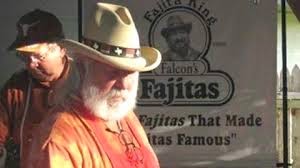 |
| Sonny Falcon himself. |
Astonishing to me, at least, is that the fajita only fairly recently burst onto to the Tex-Mex Cooking scene. It arrived in 1969 when a man named Sonny Falcon, a meat market manager in Austin, opened the first commercial Fajita Taco concession stand in the tiny town of Kyle Texas. There was apparently a run on fajitas because that same year, the dish made its debut on the menu of the Round-Up Restaurant in the Rio Grande town of Pharr, Texas. The restaurant was owned by one Otilia Garza whose daughter Tila still owns the place. There, fajitas were served on sizzling platters with warm flour tortillas and all kinds of condiments including guacamole, pico de gallo (a mix of chopped fresh onions, tomatoes, peppers and cilantro), and grated cheese. Otilia never laid claim to having invented the fajita, giving credit to the tradition of grilling skirt steak learned from her grandmother who owned a restaurant in the border town of Reynosa, Mexico.
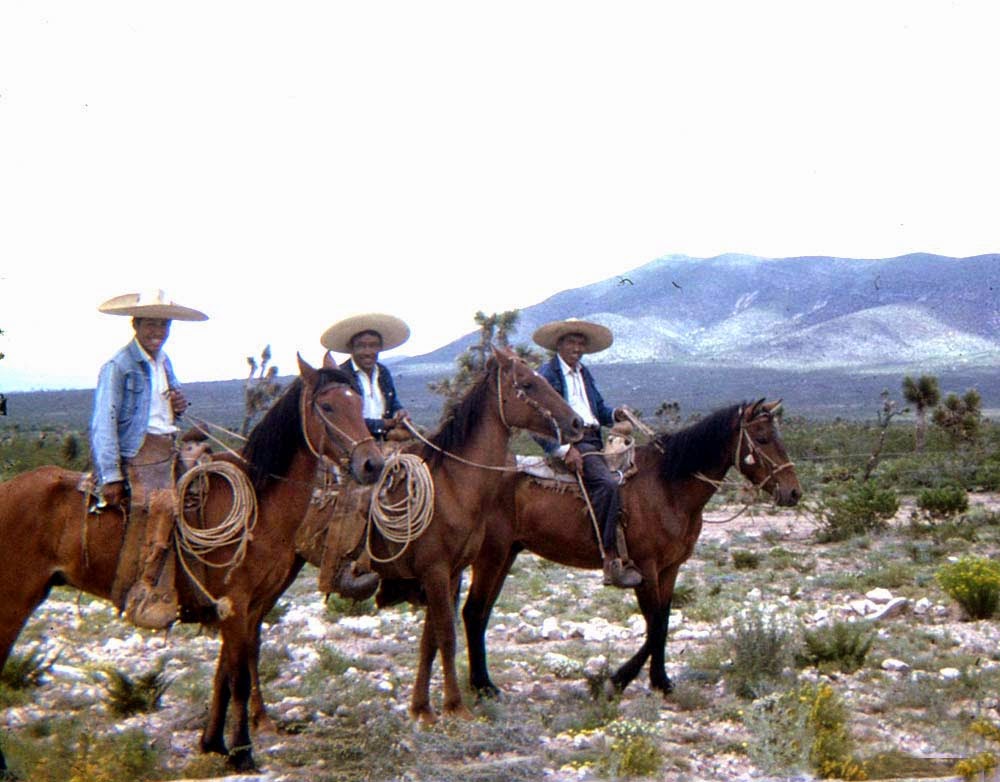 |
| Three Vaqueros |
The Garzas may have put it on their menu but a Texas A&M student named Homero Recio researched the fajita and discovered that the cooking process, the skirt steak that is used, even the Spanish word ‘fajita’ went back as far as the 1930s on ranches in South and West Texas. During cattle roundups, beef was regularly butchered to feed the hired hands. Throwaway items were turned over to the Mexican cowboys or vaqueros as part of their pay. Included among these was the skirt steak that’s essential to the dish. It’s likely that the reason the fajita remained highly regional and obscure for years was simply because there really isn’t a lot of skirt steak per animal.



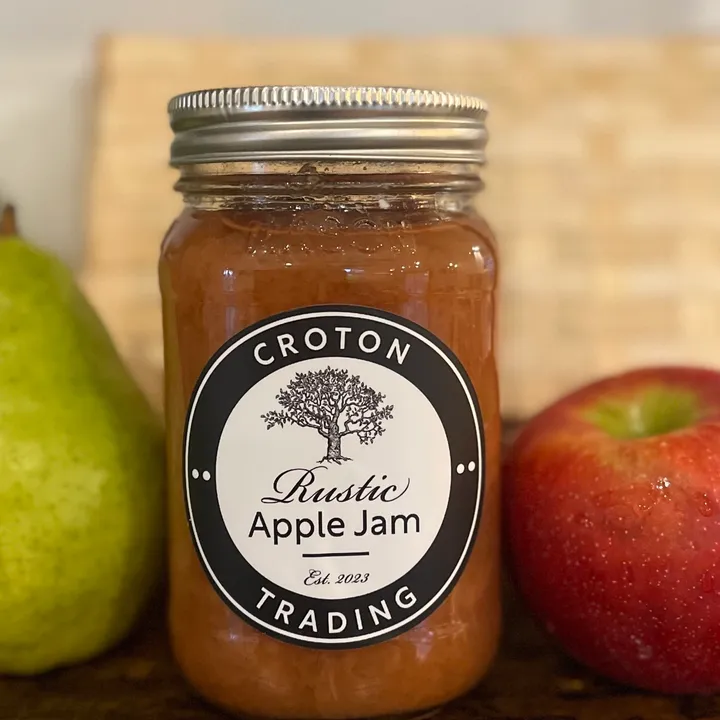
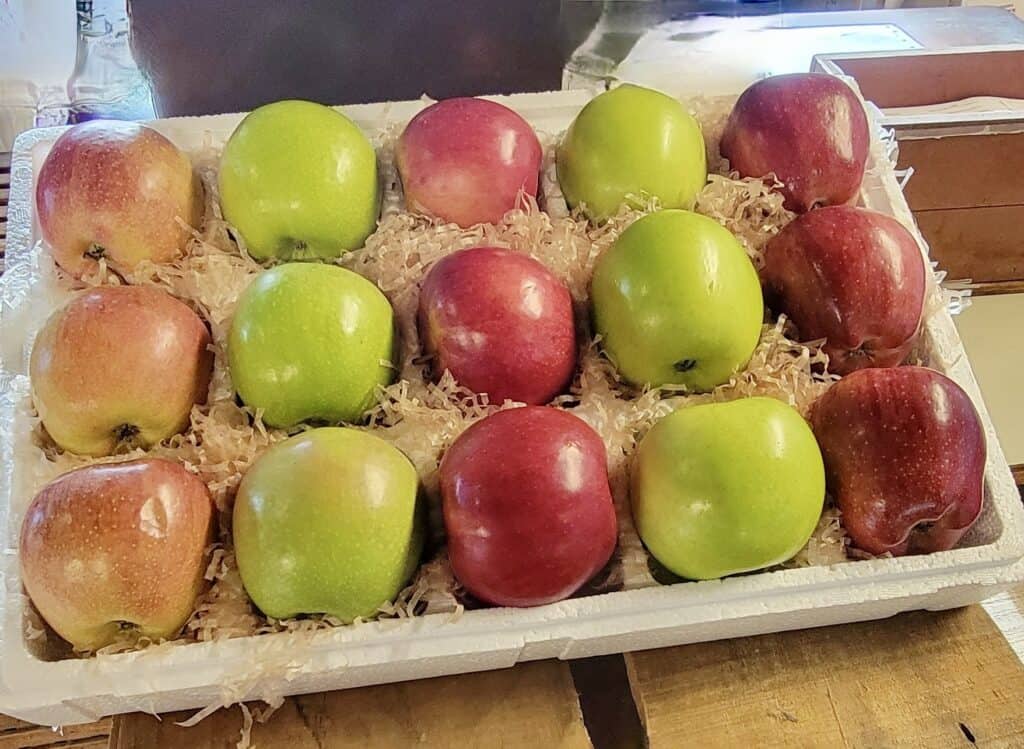
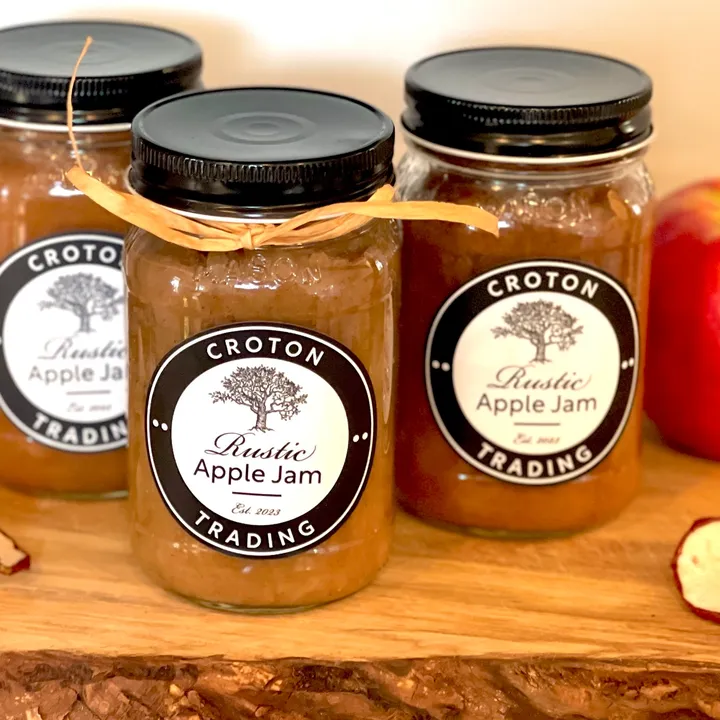
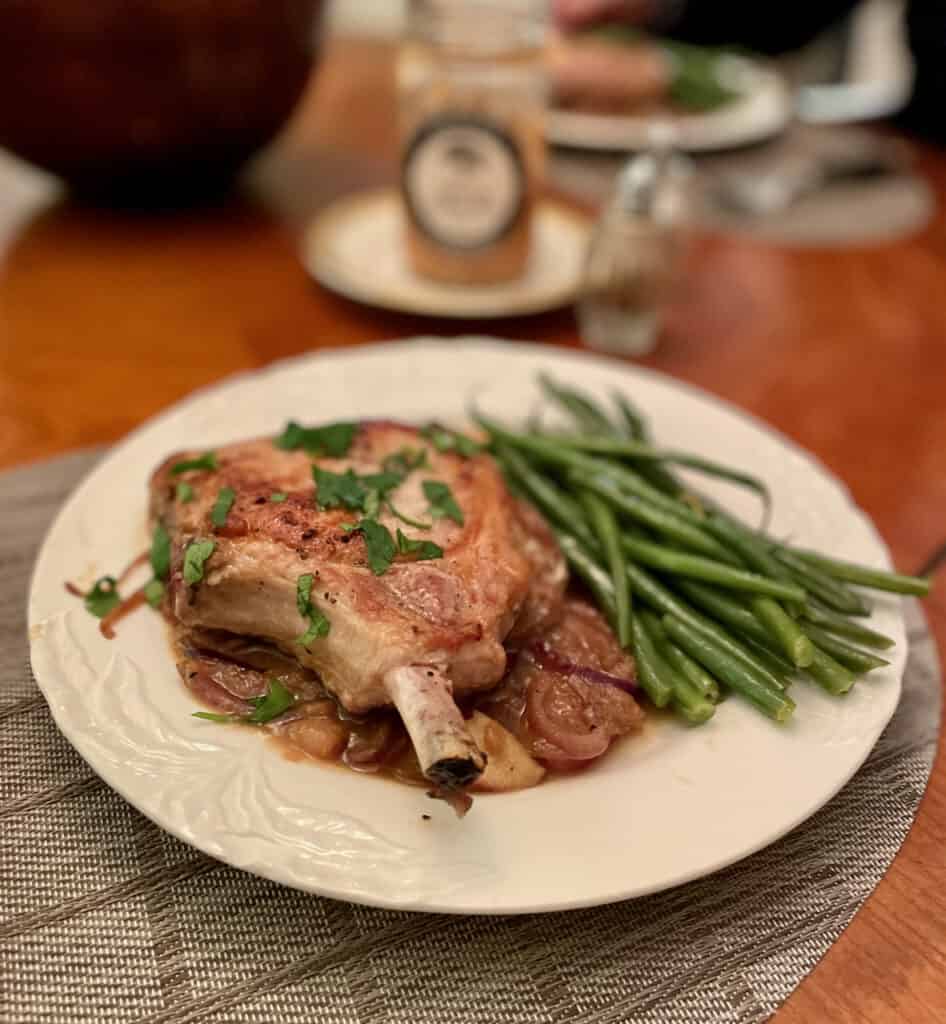

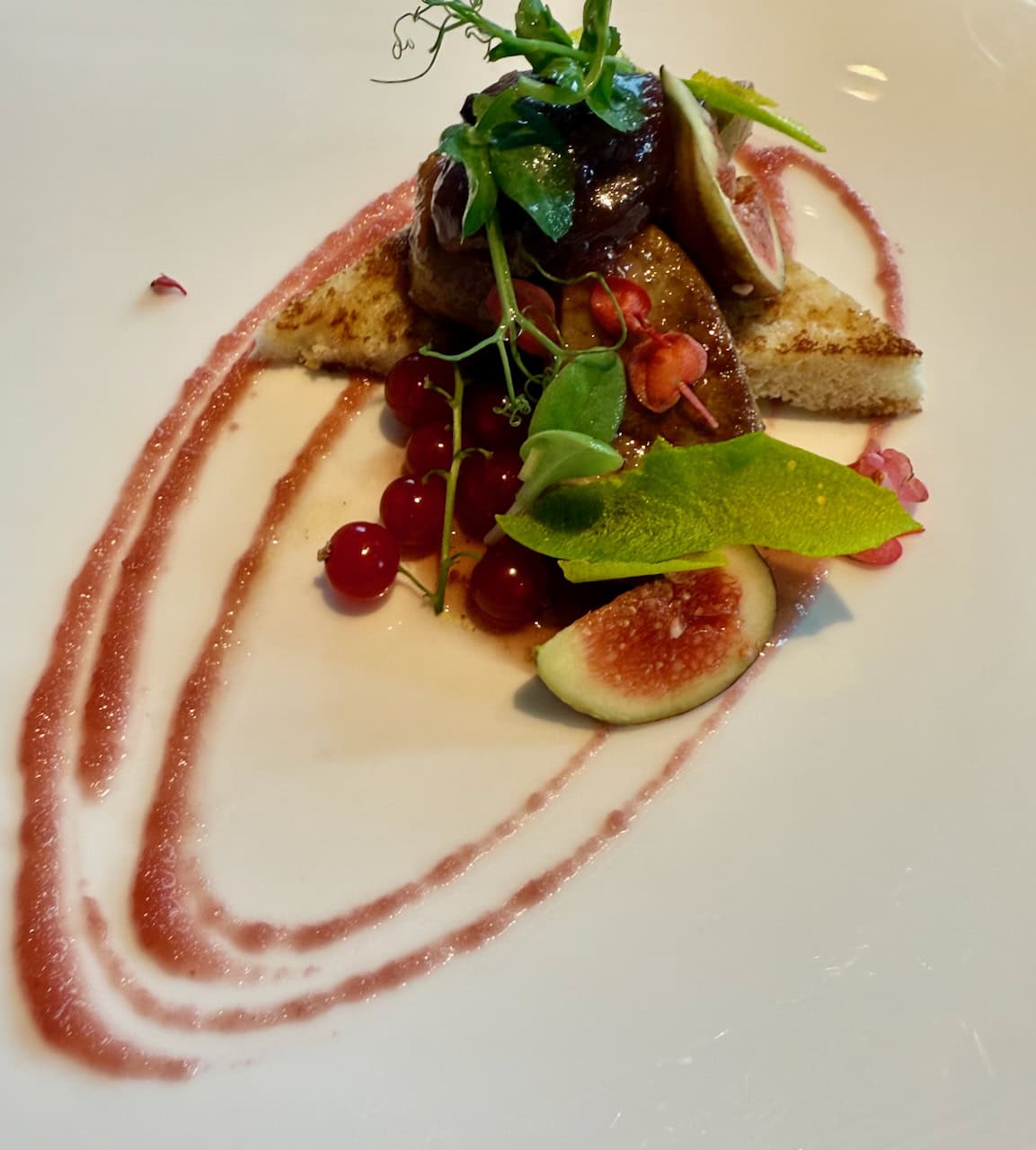




I just discovered Arrachera al carbon beef while watching Pati Jenich on PBS television. I do not bar-B-Q, but will certainly give it a try very soon. Thank you.
Please do and come back and tell us what you thought. Bon Appetit!